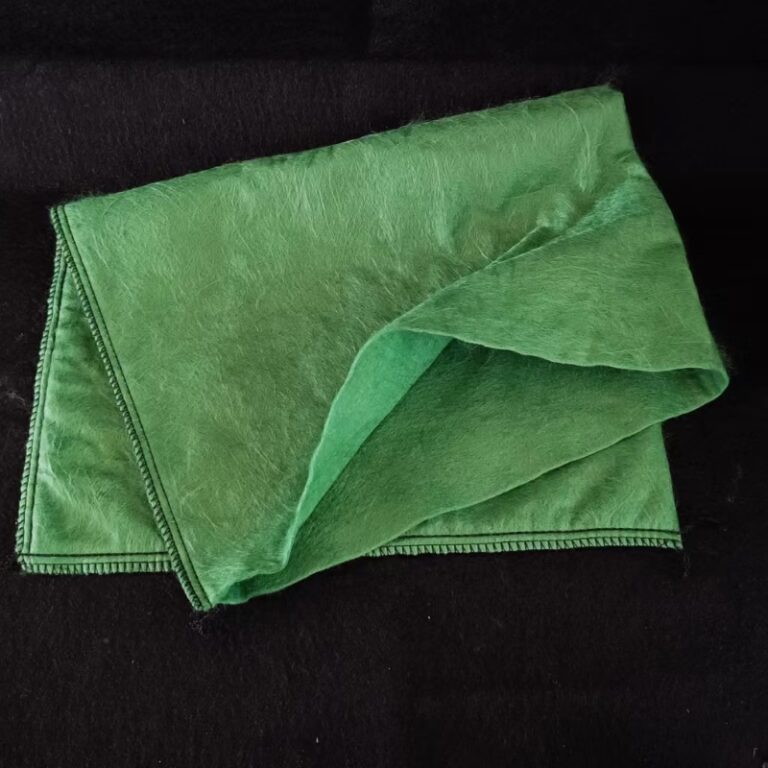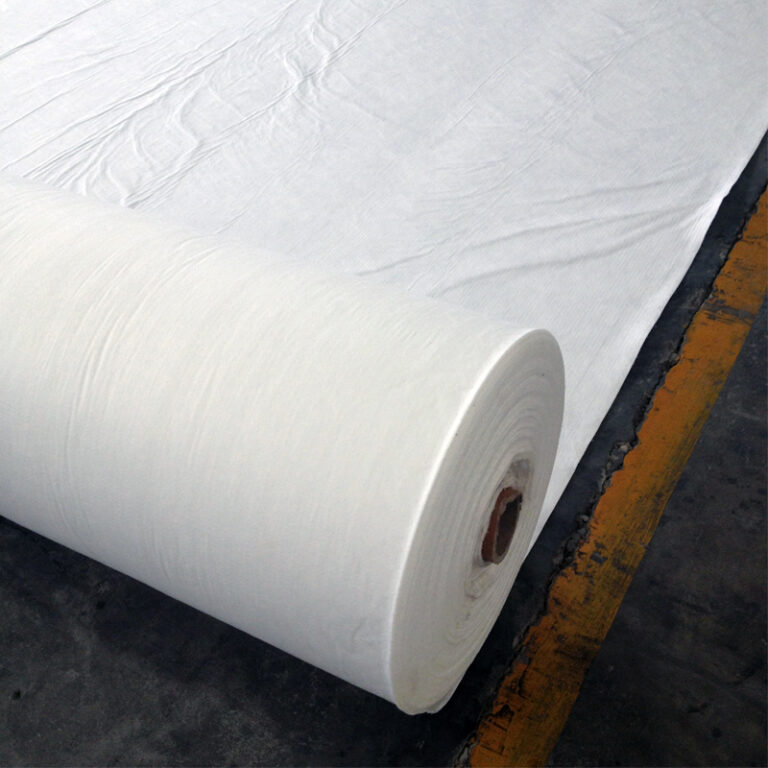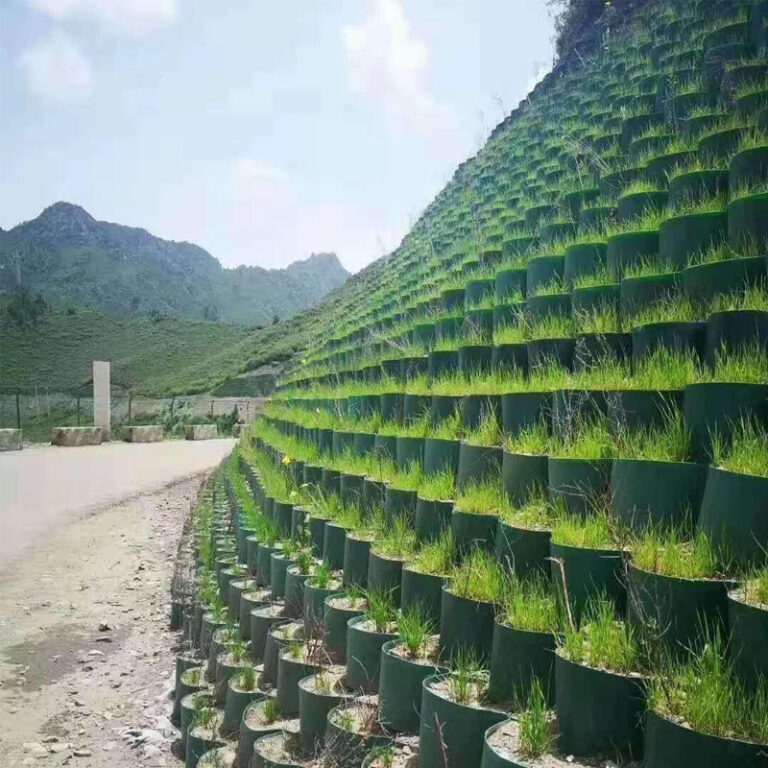
In an era where sustainability is at the forefront of environmental conversation, geobags have emerged as an innovative solution for erosion control and landscaping. These versatile, eco-friendly bags, often filled with soil or sand, not only provide effective stabilization but also promote natural plant growth, blending seamlessly into the landscape. Whether you’re managing a construction site, restoring a shoreline, or enhancing outdoor spaces, geobags offer a powerful, cost-effective alternative to traditional methods. Their lightweight design and ease of installation make them ideal for both professionals and DIY enthusiasts alike. Join us as we explore how geobags can revolutionize your approach to landscaping while safeguarding our planet, one project at a time. Discover the potential of these remarkable tools and unlock a sustainable future for your landscaping needs.
Understanding Erosion and Its Impact on Landscapes
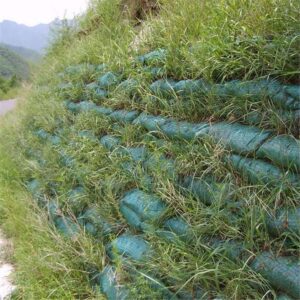 Erosion is a natural process that shapes landscapes over time, but human activities and climate change have accelerated its pace, leading to significant environmental and economic challenges. Erosion occurs when wind, water, or ice remove soil, rock, or dissolved material from one location and transport it to another. This process can degrade land, reduce agricultural productivity, and increase sedimentation in waterways, which impacts aquatic ecosystems and water quality. In urban environments, erosion can damage infrastructure, leading to costly repairs and posing safety risks.
Erosion is a natural process that shapes landscapes over time, but human activities and climate change have accelerated its pace, leading to significant environmental and economic challenges. Erosion occurs when wind, water, or ice remove soil, rock, or dissolved material from one location and transport it to another. This process can degrade land, reduce agricultural productivity, and increase sedimentation in waterways, which impacts aquatic ecosystems and water quality. In urban environments, erosion can damage infrastructure, leading to costly repairs and posing safety risks.
The impact of erosion on landscapes is multifaceted. In agricultural areas, soil erosion reduces the availability of fertile topsoil, which is essential for growing crops. This leads to decreased agricultural yields and increased need for fertilizers, which can further harm the environment. In natural habitats, erosion can destroy plant and animal habitats, leading to loss of biodiversity. Coastal erosion, exacerbated by rising sea levels, threatens human settlements, ecosystems, and recreational areas, causing irreversible damage if not properly managed.
To mitigate the adverse effects of erosion, various control methods have been developed. These include physical barriers, vegetation planting, and soil stabilization techniques. However, traditional methods often involve significant labor, cost, and environmental disruption. This is where innovative solutions like geobags come into play, offering an effective, sustainable, and eco-friendly alternative for erosion control and landscaping.
What Are Geobags?
Geobags, also known as geotextile bags or erosion control bags, are permeable fabric containers filled with soil, sand, or other material, designed to provide structural stability and prevent soil erosion. Made from synthetic or natural fibers, geobags are durable, flexible, and resistant to environmental stresses such as UV radiation and chemicals. Their design allows for easy handling and installation, making them a practical choice for a wide range of erosion control and landscaping applications.
The concept of geobags is rooted in the use of geotextiles, which are fabrics used in civil engineering and environmental projects to reinforce soil and prevent erosion. By filling these fabrics with materials like sand or soil, geobags create a robust yet flexible structure that can conform to the contours of the land, providing effective stabilization and protection against erosion. The permeability of the fabric allows water to pass through while retaining soil particles, reducing runoff and promoting natural vegetation growth.
Geobags come in various sizes and shapes, allowing for customization based on the specific needs of a project. They can be used individually or stacked to create larger structures such as retaining walls, embankments, and shoreline protections. The versatility of geobags makes them suitable for diverse applications, from small-scale landscaping projects to large-scale infrastructure and environmental restoration efforts.
The Advantages of Using Geobags for Erosion Control
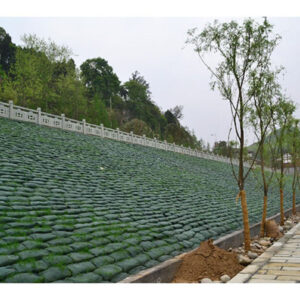 One of the primary advantages of using geobags for erosion control is their environmental sustainability. Unlike traditional methods that often involve heavy machinery and significant land disturbance, geobags can be installed with minimal impact on the surrounding environment. Their use of natural or recycled materials further enhances their eco-friendly credentials, helping to reduce the carbon footprint of erosion control projects.
One of the primary advantages of using geobags for erosion control is their environmental sustainability. Unlike traditional methods that often involve heavy machinery and significant land disturbance, geobags can be installed with minimal impact on the surrounding environment. Their use of natural or recycled materials further enhances their eco-friendly credentials, helping to reduce the carbon footprint of erosion control projects.
Another significant benefit of geobags is their cost-effectiveness. Traditional erosion control methods, such as concrete barriers or stone riprap, can be expensive to install and maintain. Geobags offer a more affordable alternative, both in terms of material costs and labor requirements. Their lightweight design and ease of installation make them accessible for DIY enthusiasts and small-scale projects, while their scalability allows for use in large, complex engineering projects.
Geobags also offer superior performance in terms of flexibility and adaptability. Their ability to conform to the natural contours of the land makes them ideal for use in diverse environments, from steep slopes and riverbanks to coastal areas and urban landscapes. The permeability of the fabric allows for natural water flow, reducing the risk of waterlogging and promoting healthy vegetation growth. This not only enhances the aesthetic appeal of the landscape but also provides additional erosion protection through root reinforcement.
How Geobags Work: Mechanisms and Applications
The effectiveness of geobags in erosion control lies in their unique mechanisms and versatile applications. When installed, geobags act as a physical barrier that prevents soil displacement by wind, water, or gravity. The fabric of the geobag retains soil particles while allowing water to pass through, reducing surface runoff and promoting infiltration. This helps to stabilize the soil and prevent erosion, even in areas with high erosion potential.
One of the key mechanisms of geobags is their ability to promote vegetation growth. The permeability of the fabric allows plant roots to penetrate and establish within the soil, providing natural reinforcement and further stabilizing the ground. This is particularly beneficial in restoration projects, where reestablishing native vegetation is a priority. As plants grow and their root systems develop, they enhance the structural integrity of the soil, reducing the risk of future erosion.
Geobags have a wide range of applications, making them suitable for various erosion control and landscaping projects. In coastal areas, geobags can be used to create protective barriers against wave action and storm surges, preventing shoreline erosion and preserving natural habitats. Along riverbanks, geobags can stabilize slopes and prevent bank erosion, reducing sedimentation and improving water quality. In urban environments, geobags can be used to reinforce retaining walls, stabilize slopes, and create green spaces that enhance the aesthetic and ecological value of the landscape.
Comparing Geobags to Traditional Erosion Control Methods
Traditional erosion control methods, such as concrete barriers, stone riprap, and retaining walls, have been widely used for decades. While these methods can be effective, they often come with significant drawbacks, including high costs, labor-intensive installation, and environmental disruption. Concrete barriers, for example, are rigid and inflexible, making them less suitable for areas with dynamic landscapes or high erosion potential. The installation process can also involve heavy machinery and significant land disturbance, which can harm the environment and disrupt local ecosystems.
In contrast, geobags offer a more sustainable and cost-effective alternative. Their lightweight design and ease of installation reduce the need for heavy machinery and labor, making them accessible for small-scale projects and DIY enthusiasts. The flexibility of geobags allows them to conform to the natural contours of the land, providing effective stabilization without disrupting the environment. The use of natural or recycled materials further enhances their eco-friendly credentials, reducing the carbon footprint of erosion control projects.
Another advantage of geobags is their ability to promote natural vegetation growth. Traditional methods often create impermeable barriers that prevent plant roots from establishing, leading to barren and unattractive landscapes. Geobags, on the other hand, allow for water infiltration and root penetration, supporting healthy vegetation growth and enhancing the aesthetic and ecological value of the landscape. This not only provides additional erosion protection but also creates green spaces that benefit local wildlife and improve the quality of life for residents.
Case Studies: Successful Geobag Implementations
The effectiveness of geobags can be demonstrated through numerous successful implementations around the world. One notable example is the use of geobags in coastal protection projects in the Maldives. The Maldives, a low-lying island nation, is highly vulnerable to coastal erosion and rising sea levels. Traditional methods of shoreline protection, such as concrete seawalls, have proven to be costly and environmentally damaging. In response, the government has implemented geobag solutions to create protective barriers along the coast. The geobags have successfully stabilized the shoreline, preventing erosion and preserving natural habitats, while also supporting the growth of native vegetation.
Another successful case study is the use of geobags in riverbank stabilization projects in India. The Brahmaputra River, one of the largest rivers in the world, experiences significant erosion during the monsoon season, leading to loss of agricultural land and displacement of communities. Traditional methods of bank protection, such as stone riprap, have been costly and difficult to implement in remote areas. Geobags have provided an effective alternative, with thousands of bags being used to reinforce riverbanks and prevent erosion. The geobags have proven to be durable and effective, reducing sedimentation in the river and improving water quality.
In urban environments, geobags have been used to create green infrastructure solutions that enhance the resilience and sustainability of cities. In Singapore, a city known for its innovative approach to urban planning, geobags have been used to create green walls and rooftop gardens that provide erosion control, reduce the urban heat island effect, and enhance the aesthetic appeal of the city. These projects have demonstrated the versatility and effectiveness of geobags in creating multi-functional landscapes that benefit both people and the environment.
Best Practices for Installing Geobags
To ensure the effectiveness of geobags in erosion control and landscaping projects, it is important to follow best practices for their installation. Proper planning and site assessment are essential to determine the specific needs of the project and select the appropriate size and type of geobags. Factors to consider include soil type, slope gradient, water flow patterns, and vegetation requirements. Consulting with experts or professionals in erosion control can provide valuable insights and recommendations for the project.
The installation process typically involves preparing the site by removing debris, grading the land, and compacting the soil. Geobags should be filled with appropriate material, such as soil or sand, and securely closed to prevent leakage. The bags can then be placed in the desired configuration, either individually or in stacked layers, depending on the specific application. It is important to ensure that the geobags are properly aligned and anchored to prevent movement and provide effective stabilization.
Once installed, it is important to monitor the site and maintain the geobags to ensure their ongoing effectiveness. This may involve regular inspections to check for signs of damage or displacement, as well as maintenance activities such as re-filling or re-securing bags if necessary. Promoting vegetation growth is also important, as plants provide additional stabilization and enhance the ecological value of the site. This may involve planting native vegetation, watering, and providing necessary care to support plant establishment.
Environmental Benefits of Geobags in Landscaping
The use of geobags in landscaping projects offers numerous environmental benefits that contribute to the sustainability and resilience of ecosystems. One of the primary benefits is the reduction of soil erosion, which helps to preserve fertile topsoil and prevent sedimentation in waterways. This is particularly important in agricultural areas, where maintaining healthy soil is essential for crop production. By preventing erosion, geobags help to sustain agricultural productivity and reduce the need for chemical fertilizers, which can have harmful environmental impacts.
Geobags also support the establishment of native vegetation, which provides numerous ecological benefits. Native plants are adapted to local conditions and provide habitat and food for wildlife, supporting biodiversity and ecosystem health. The root systems of plants help to stabilize the soil, reducing the risk of erosion and promoting natural water infiltration. This helps to maintain healthy water cycles and reduce the risk of flooding and waterlogging.
In urban environments, the use of geobags can contribute to the creation of green infrastructure solutions that enhance the resilience and sustainability of cities. Green walls, rooftop gardens, and other landscaping projects that use geobags can help to reduce the urban heat island effect, improve air quality, and provide green spaces for recreation and relaxation. These projects also contribute to the overall aesthetic appeal of the city, creating attractive and livable environments for residents.
Conclusion: The Future of Sustainable Erosion Control Solutions
Geobags represent a powerful and sustainable solution for erosion control and landscaping, offering numerous benefits over traditional methods. Their lightweight design, ease of installation, and environmental sustainability make them an ideal choice for a wide range of projects, from small-scale landscaping efforts to large-scale infrastructure and environmental restoration initiatives. By promoting natural vegetation growth and reducing soil erosion, geobags contribute to the preservation of ecosystems, the enhancement of biodiversity, and the resilience of landscapes.
As the demand for sustainable solutions continues to grow, the use of geobags is likely to become increasingly widespread. Advances in materials science and engineering are likely to lead to the development of even more effective and environmentally friendly geobag products, further enhancing their capabilities and applications. The integration of geobags into green infrastructure projects and urban planning initiatives will continue to transform the way we approach erosion control and landscaping, creating resilient and sustainable environments for future generations.
In conclusion, geobags offer a versatile, cost-effective, and eco-friendly alternative to traditional erosion control methods. Their ability to blend seamlessly into the landscape, promote natural plant growth, and provide effective stabilization makes them a valuable tool for anyone looking to protect and enhance their outdoor spaces. By embracing the power of geobags, we can unlock a sustainable future for our landscapes and safeguard our planet, one project at a time.

